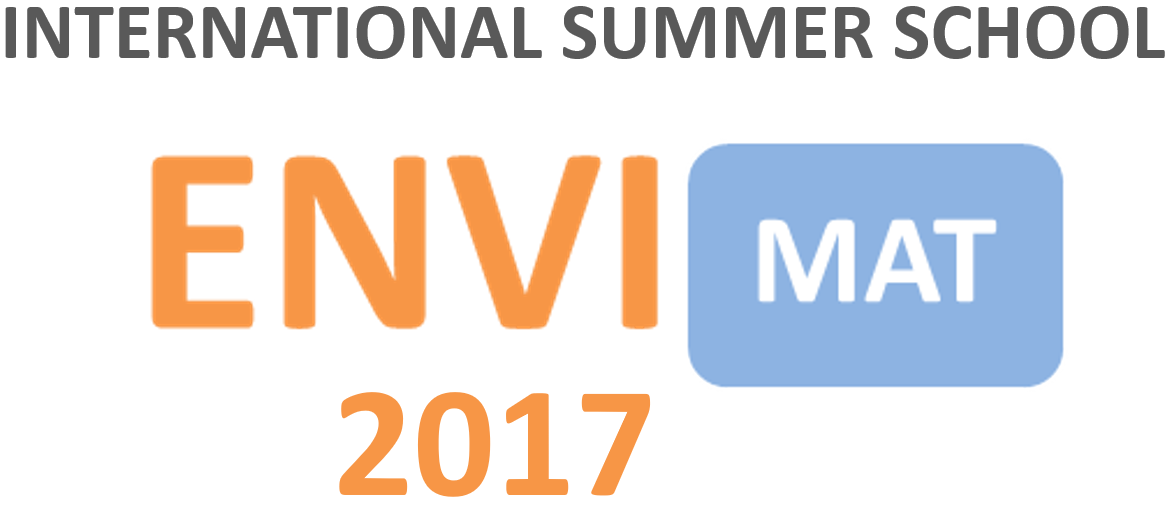
27th-29th June, Budapest University of Technology and Economics, Hungary
ENVIRONMENT - MATERIAL INTERACTION
Preventive conservation of built heritage and industrial archaeology

27th-29th June, Budapest University of Technology and Economics, Hungary
ENVIRONMENT - MATERIAL INTERACTION
Preventive conservation of built heritage and industrial archaeology
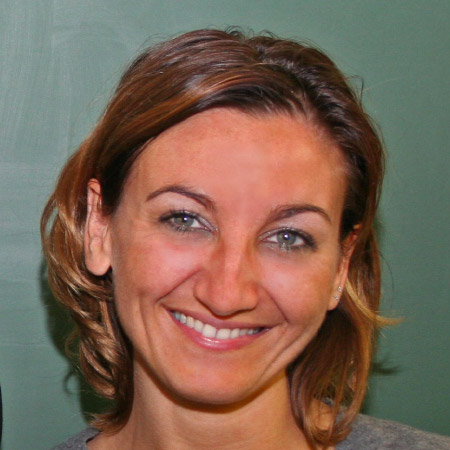 |
Alessandra Bonazza. I am currently responsible for the research Unit “Natural, environmental and anthropic hazards of cultural heritage” at the Institute of Atmospheric Sciences and Climate of the Italian National Research Council (CNR-ISAC) and Professor of Environmental impact on materials, deterioration and ageing at the University of Bologna. I went to University in Ferrara (Italy), where my PhD in Earth Sciences concerned the measurement of carbon fractions in black crusts on monuments. My research activity moved from building material characterization to evaluation of pollution and climate impact on monuments and archeological sites. The interest on resilience and adaptation of cultural heritage to climate changes encouraged recently to work on the environmental compatibility and durability of materials in restoration. This activity has been and is currently carried out within projects funded by the European Commission, including FP6 Noah’ Ark, FP7 TeACH, FP7 NANOMATCH, FP7 SYDDARTA, JPI Cultural Heritage EMERISDA. |
 |
Peter Brimblecombe. I was born in Australia, but went to university in Auckland, New Zealand where my PhD concerned atmospheric chemistry of sulphur dioxide. My studies of long-term changes in urban air pollution and its effects on health and building damage are also an important activity: the historical aspects of subject resulted in my book, The Big Smoke. This encouraged an interest in the relationship between air pollution and architecture, literature and even cinema. My research on material damage by air pollutants has not been restricted to outdoor environments so I have worked on the museum atmosphere and have a continuing interest in the process of damage to cultural materials by air pollutants and climate. My current interest in air pollution relates to human exposure in the urban environment especially Hong Kong. In 2005 I received a gold medal from the Italian Chemical Society for my contributions in environmental and heritage chemistry. I am currently Associate Dean and Chair Professor in the School of Energy and Environment at City University of Hong Kong and an emeritus professor to the School of Environmental Sciences of the University of East Anglia. |
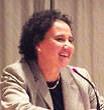 |
JoAnn Cassar is Full Professor at the University of Malta and until starting her recent sabbatical was Head of the Department of Conservation and Built Heritage, which Department runs Masters Courses on conservation and cultural heritage management. She has carried out research since 1981 on the composition, properties, deterioration and conservation of building materials, being also involved in international research projects, including EC funded ones. Prof. Cassar has over sixty scientific publications, including book contributions, on conservation-related topics, and is the co-editor of three books on cultural heritage and its conservation. Prof. Cassar is a currently a member of the Board of Directors of Heritage Malta, the National Agency for museums, conservation practice and cultural heritage, and sits on the Scientific Committee for the Conservation of the Megalithic Temples of Malta (UNESCO World Heritage Sites). She also sits on the Steering Committee for the Notarial Archives of Malta. She is a Fellow of the International Institute for Conservation (FIIC), Fellow of the Geological Society (FGS), Chartered Chemist and Fellow of the Royal Society of Chemistry (CChem FRSC). |
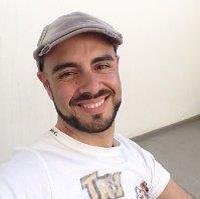 |
Mauro Francesco La Russa was born in Lachen (CH) on September 30 1977. He took an MSc in Geological Sciences at the University of Calabria (2002) and a PhD in Petrography and Petrology (2005-2008) at the University of Catania. Since December 2008, he has been a Researcher at the Department of Biology, Ecology and Earth Sciences, University of Calabria. He is involved in teaching activity on several courses in the fields of petrographic and mineralogical disciplines and geo-mineralogical studies applied to the conservation and restoration of Cultural Heritage. He is the scientific representative responsible for several agreements with national and international research institutions and Universities, as well as for diagnostic analysis carried out on the Trevi Fountain during the 2014/2015 restoration. He is the scientific representative responsible for several national and international research projects. At present, his main research interests concern the field of Cultural Heritage and, in particular, the characterization of stone building materials, their decay and the experimentation of innovative protective products as well as the archaeometric study of chronologically different ceramic remains. Some of the investigated sites include: the Trevi Fountain (Italy), Herculaneum (Italy), cave churches (Tokaly in Cappadocia, Turkey), Pompei (Italy), the underwater site of Baia (Campania, Italy), the Val di Noto area (Sicily, Italy), the non-catholic cemetery of Rome (Italy). He is author and co-author of 73 Peer-reviewed publications , 3 Book chapters, 115 Abstracts and proceedings, 2 patents. |
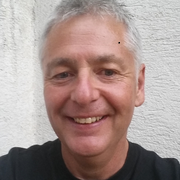 |
Martin Pilsitz Martin Pilsitz is an architect, consultant and researcher. He has obtained his PhD degree from Budapest University of Technology and Economics. The thesis dealt with the industrial heritage of Budapest focusing on the historic breweries of the 10th district of Budapest. These breweries were the largest ones in Europe (late 19th early 20th century) reperesenting unique industrial heritage complexes. His other research areas include historical industrial architecture, historical building construction and urban industrial development. Dr. Pilsitz is a member of several professional organisations such as Gesellschaft für Bautechnikgeschichte, Deutschland (Society for History of construction technology, Germany) and Architektenkammer Baden- Württemberg, Deutschland (Chamber of Architects Baden- Württemberg, Germany. He is currently working at the Department for History of Architecture and of Monuments, Budapest University of Technology and Economics. |
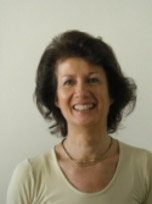 |
Cristina Sabbioni (Doctor in Physics). She is currently Director of the Institute of Atmospheric Sciences and Climate (ISAC) within the Italian National Research Council (CNR). Her main scientific interest is damage to Cultural Heritage due to atmospheric interaction, and the research results obtained have been presented at international conferences and published in international scientific reviews (180 papers). She has been project leader in national CNR projects and EU projects on damage to Cultural Heritage since 1984. She has worked for the European Commission in the organisation of the EC Conferences on Science and Technology applied to Cultural Heritage (Bologna 1989, Rome 1991, Rome 1997, Aachen 1998, Santiago 1999, Strasbourg 2000, Crakow 2002 and London 2004). She has been Chairperson of the Expert Advisory Group (EAG) of the Key Action ‘The City of Tomorrow and Cultural Heritage’ within the 5th EU FP. Since 1999 she is Professor of ‘Environmental Physics’ at the University of Bologna. |
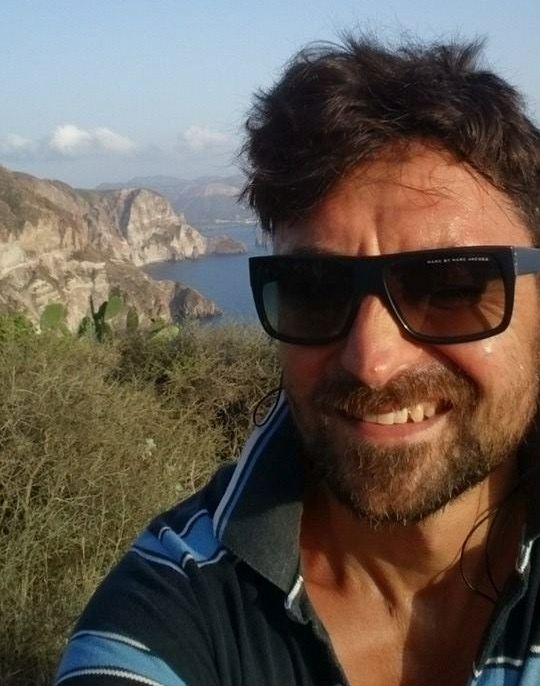 |
Alessandro Sardella I was born in Lipari, the major island of the Aeolian Archipelago, but went to University in Bologna where I graduated in Earth Sciences with specialization in Petrography and Volcanology. I have an extensive experience in the field of environmental characterization of contaminated sites, environmental monitoring for the preservation of the built heritage and cultural landscapes in urban and remote areas, planning and implementing field investigations, client and project management. I’m currently involved in the projects of the Research unit “Natural Environmental and Anthropic Hazards of Cultural Heritage” at the Institute of Atmospheric Sciences and Climate of the Italian National Research Council (CNR-ISAC), where my scientific/technical activities concern building material characterization and evaluation of pollution and climate impact on monuments and archaeological sites of the Mediterranean Basin, Central America (Mexico and Panama) and Asia (Mongolia). I’m currently involved in the activities of JPI Cultural Heritage EMERISDA, concerning the efficiency evaluation of products and techniques against rising damp in buildings, and Interreg Central Europe ProteCHt on risk assessment and sustainable protection of cultural heritage in changing environment. In addition, I am collaborating with the Archimede Group company on methods of diagnosis of moisture in buildings. |
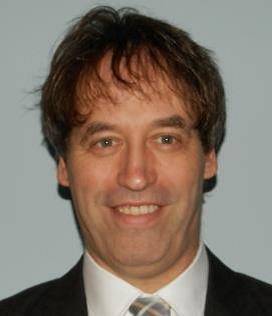 |
Ákos Török is a Professor and the Head of Department of Engineering Geology and Geotechnics at the Budapest University of Technology and Economics (Hungary). He holds a degree in geology and a degree in environmental engineering, PhD and DSc from the Hungarian Academy of Sciences. In the past 20 years he was a principal investigator in international research programmes on monumental stones, conservation science, fire-related changes in construction materials, radioactive waste disposal, urban geology. Along with extensive teaching activity in the field of geology, engineering geology, rock mechanics, natural stones and cultural heritage, he has written more than 250 publications. From 2005 he has co-organized several sessions at congresses dealing with natural stones, aggregates, radioactive waste disposal, and environmental geology. He is a member of editorial boards of several international journals. He has edited a special issue of the journal Engineering Geology and two books published by Springer and by the Geological Society (London) dealing with Natural Stone Resources and Historical Monuments. He is the president of the Hungarian National Group of ISRM, IAEG and also the Hungarian Geological Society, Engineering and Environmental Geological Division. |